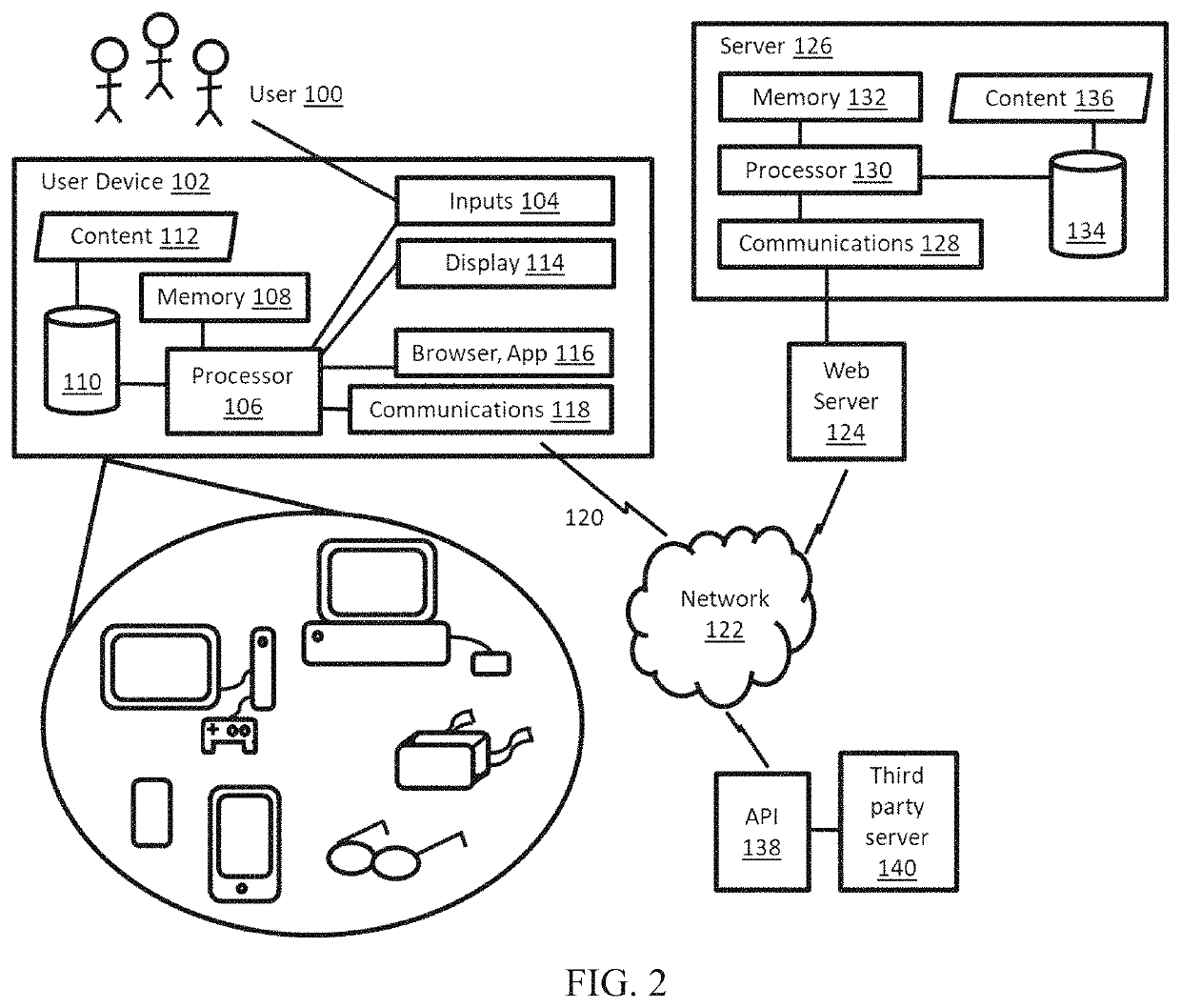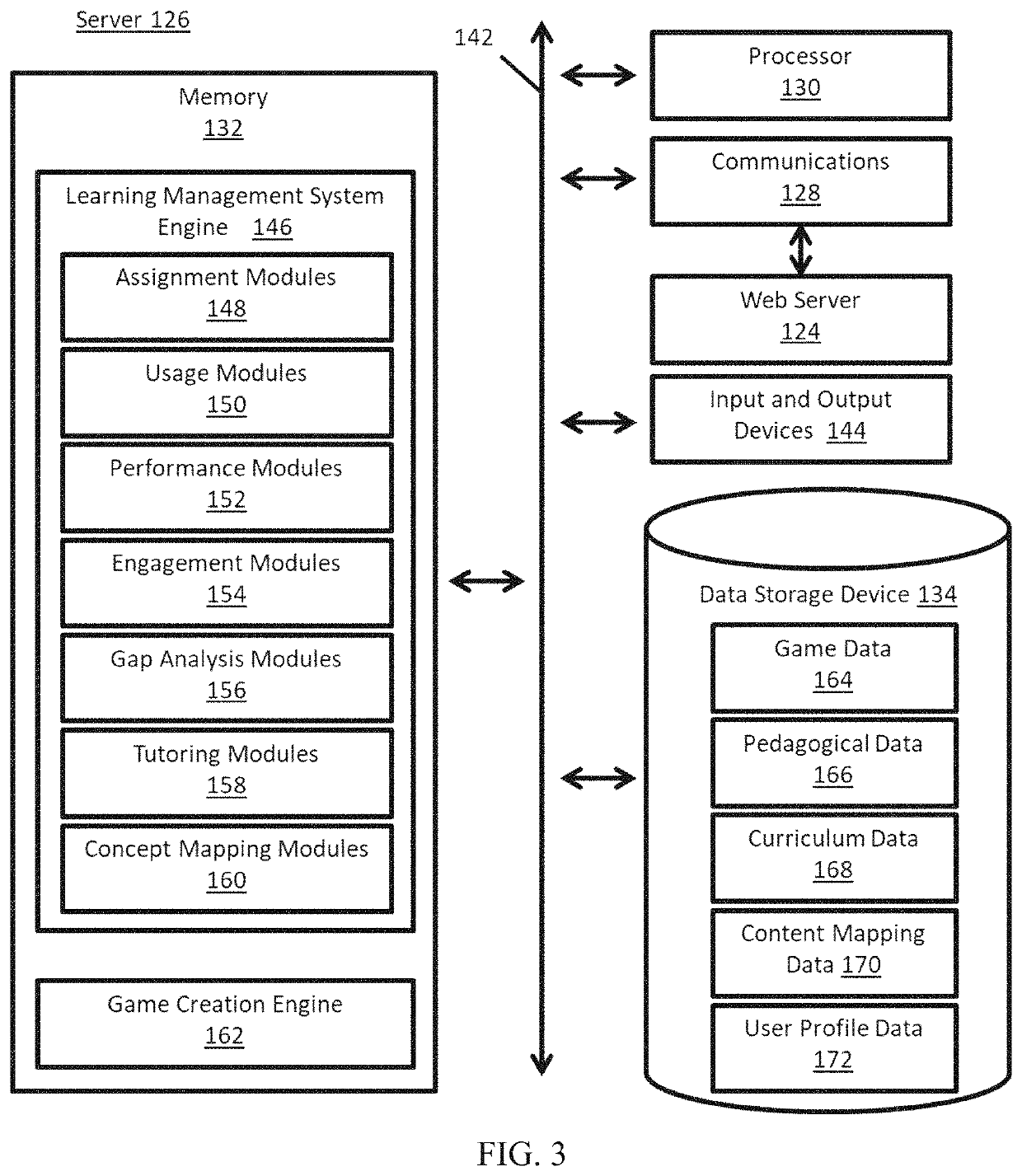But educational practices are lagging behind and have mostly only adapted IT-tools and techniques for
peripheral tasks like
record keeping.
Learning management systems (LMS) are still in their infancy and have failed to transform the educational experience.
Conventional
learning management systems typically facilitate
record keeping and notifications but provide little insight about students because the data tracked is information-poor, namely, it tends to be limited to observations of a single, final submission per assignment, a performance assessment or grade of that submission and the time of submission.
Effective use of IT and IT-enabled pedagogy within or as a supplement to the classroom is still lacking.
However, the US educational system is falling behind.
It is criticized for failing to adequately
train students in science, technology,
engineering and math (STEM) subjects.
This puts the US economy at risk of being leap frogged by small and focused economies that have more effectively embraced science and advanced technology, like South Korea and Israel which lead on
per capita scientific capabilities and output, as well as large and strategically committed economies that are embarking on massive transformations, like China and India.
As a result, the US educational system is in dire need of breakthrough innovations to its institutions and pedagogy to sustain the US's competitive position in the global economy.
While these sound like reasonable intentions, the reforms are also reconfiguring the traditional course progression at some schools.
This is, in turn, creating its own problems and challenges.
For instance, teachers are expected to cover curriculum for which they may not be trained, causing strain and
burnout in the labor force while underserving students.
The specific focus or strategy of a charter school (e.g., being a liberal arts-first program that teaches all subjects through the lens of a classical humanities education or being a math and science-first program that emphasizes the
scientific method and research-driven inquiry) may result in deficits in the course offerings.
But this could become a problem if educational standards are increased (e.g., to catch up with South Korean K-12 requirements).
Each of these alternative school formats have emerged to solve some issues with the traditional educational system but create new issues and challenges.
As a result, the students may be expected to learn about the state of the art of science and technology, globally, even though the students' teachers are unlikely to have the training, expertise or access to resources to properly teach this curriculum.
In addition to these global-scale and
macro-level needs that
impact educational systems, there are also a variety of issues and limitations with the current state of education and pedagogy that
impact the class-room environment and the
efficacy of education.
Both face systemic challenges unlike humanity has ever known, including issues of
climate change, pandemics, and persistent social economic stratification.
But reactionary political movements, zero-sum thinking and
social media can make the world feel divided and remote from individual experience.
In addition, education is being pulled in a lot of different directions, which has resulted in a universal sense of time constraint and
frustration.
As one further issue—and a disruptive one at that, education is currently struggling to capture the attention and interest of students with flat black-and-white textbooks, long class lectures and boring assignments.
Education has failed to keep pace with the
production quality and innovative presentations of the rest of the media industry.
Students also find it more difficult to concentrate on less sensory-stimulating materials.
This issue is further exacerbated by rising rates of health issues, like:
attention deficit disorder (ADD) and
attention deficit hyperactivity disorder (ADHD), which make it harder for impacted students to study in seated classroom environments;
autism, which can make it harder for impacted students to concentrate in bustling classroom environments; and many disorders in between.
Gamification appears wholly inadequate to address the complexity of more advanced content.
And gamification may not appeal to more mature audiences, hence, the lack of available options for high school and beyond.
Moreover, it is not yet clear if gamification is an effective and long-term solution to education's needs.
Most of these gamified experiences are unsubstantiated in their
efficacy and the assessments of academics show lackluster results.
However, these materials—both digitized textbooks and virtual simulators—are still static (e.g., they offer the same experience each time), finite (e.g., they usually only tackle one or two modules of a course curriculum at a time) and are fundamentally tethered to the pedagogical approaches of the extant educational materials from which they are derived.
Serious games are still a recent phenomenon, and they have not yet permeated all possible applications.
It also fails to meaningfully integrate the educational curriculum into the user interactions, resulting in a disconnect between
game play and the content.
It also fails to satisfy many of the needs of key stakeholders, including teachers and students, who are:
time constrained and, thus, cannot afford to explore aimlessly; lesson constrained and, thus, need guidance in which game features to utilize at which times to keep pace with prescribed curriculum; and burnt out by a plethora of content that merely digitizes extant presentations of educational materials and, thus, do not want to even try new options.
The IT Revolution has great potential to meet these needs, but it has also presented new challenges.
 Login to View More
Login to View More  Login to View More
Login to View More 


